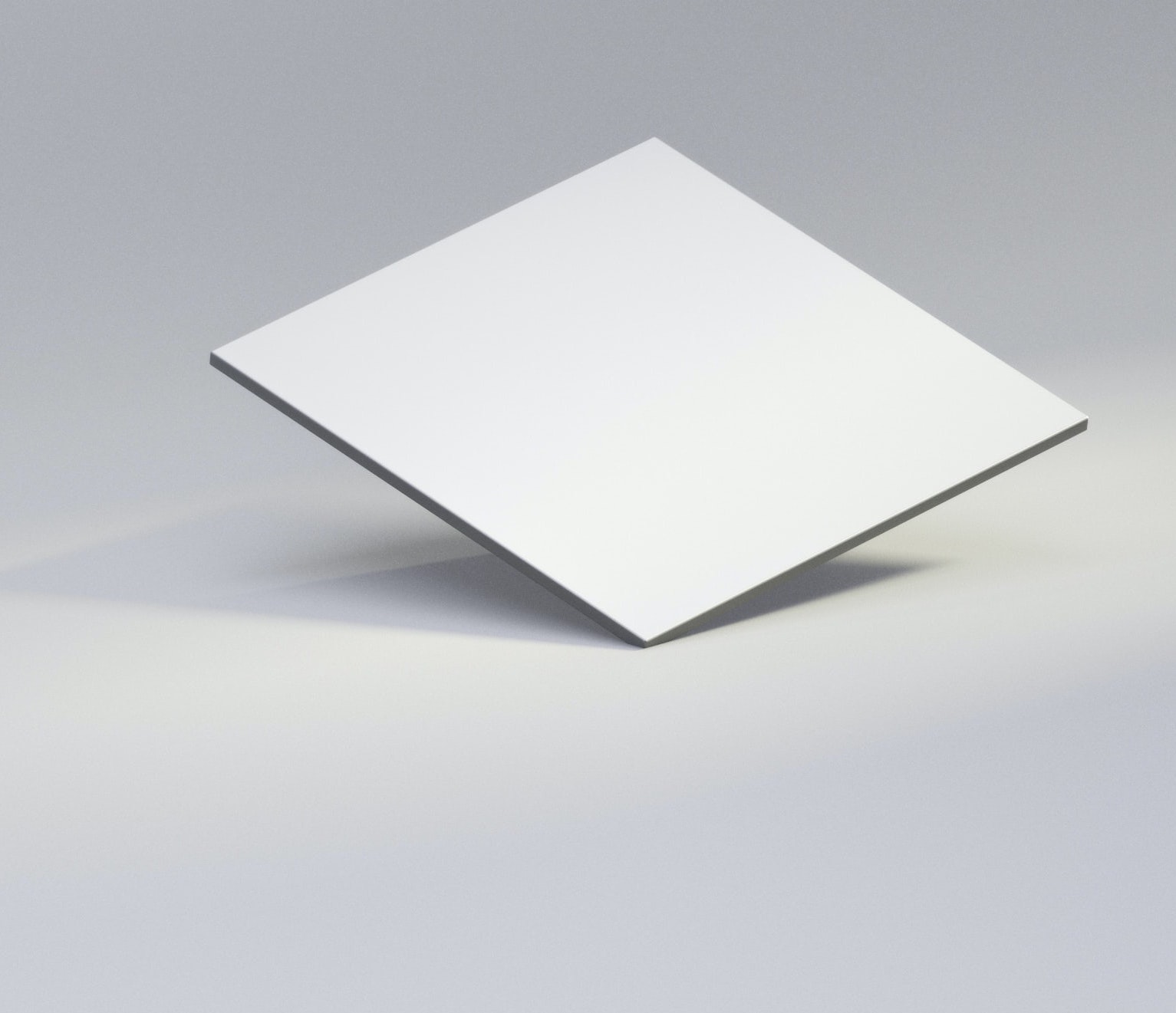There are three components to Noether's theorem: (1) symmetry (aka invariance), (2) conservation laws (aka canonical momentum or equations of motion), and (3) least action principle (aka solving the Euler-Lagrange equations). Translated in terms familiar to cognitive scientists, they correspond to (1) some preserved cognitive quantity, (2) perceptual constancy, (3) least cost function.
We include a template with placeholders to facilitate the connection between perception and Noether's theorem. Science is as simple as filling in the blanks and submit your ideas for review!
Abstract: Mirror Symmetry [+ some visual cues] as the Descriptor(s) of 3D Physical and Perceptual Shapes
This paper identified the unique conservation law corresponding to the invariance of human 3D visual shape perception following the formulation of Noether's Theorem. Perceptual shape constancy is the ability to arrive at the same percept for a given 3D object regardless of manipulations in rigid motion (changes in either translational or rotational position). Noether's theorem is shown to be generalizable to the phenomena in human perception, and demonstrated perceptual conservation. Visual cues such as symmetry [and compactness] of shape are used as abstract descriptors to 3D shapes. We define our Lagrangian as follows: [$L(t, q^\mu(t), \dot{q}^\mu(t))= \alpha \left(\dot{q}^\mu(t) \right)^g + \beta \left(q^\mu(t) \right)^h $], where $t, q^\mu, \dot{q}^\mu$ are [names of the variables: e.g. $t$ being the 2D retinal image, $q^\mu$ are the mirror symmetry of shape, compactness, planarity if 3D object]. We assumed that humans perceive 3D shapes veridically, i.e., the perceived shape is identical to the physical shape. Therefore, the same Lagrangian applies to both physical and perceived shapes. We showed that the Lagrangian is invariant and extremal under the [fancy name] transformation that alters the shapes of the 3D objects if the transformation retains the mirror symmetric property of the 3D shape, so that $\delta \Gamma = \int_{a'}^{b'} L(t', q'^\mu(t), \dot{q}'^\mu(t))\ dt - \int_a^b L(t, q^\mu(t), \dot{q}^\mu(t))\ dt = 0 $]. [Some variable in the form $p_\mu$ or $H$] is found to be the conserved quantity, which we name it as [some fancy name for the conserved quantity]. Since humans demonstrate shape constancy for near symmetrical shapes as well, we showed that the threshold for tolerance is [something in the form of $\varepsilon^s$]. As illustrations, we include two cases of 3D shapes, one that is within the tolerance and one that is not (there is probably no hard threshold, so maybe different class of threshold functions?). We showed that shape constancy fails for the group of objects that violated the threshold. Furthermore, since the Lagrangian only depends on [the important visual cues], it is by definition insensitive to variations in [size, color, lighting, speed, translation, rotation, time, ...] such that shape constancy is also [size, color, lighting, ...] invariant.
